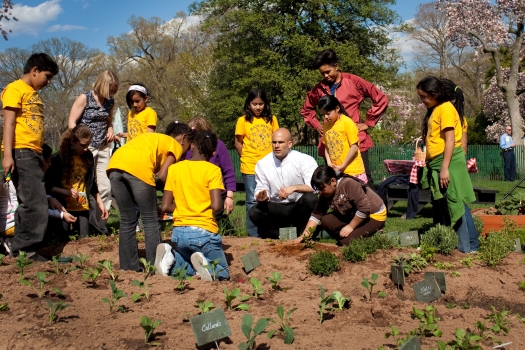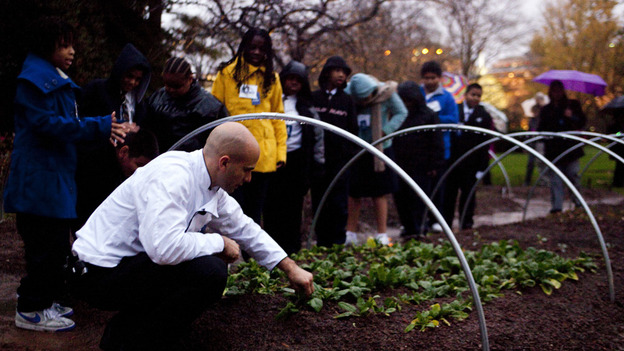
(Photo by Thomas Lee, for NYT)
Below is an excerpt; to read the full story, please go to the New York Times by clicking here.
GUYUN VILLAGE, China Some of the greenest technologies of the age, from electric cars to efficient light bulbs to very large wind turbines, are made possible by an unusual group of elements called rare earths. The world’s dependence on these substances is rising fast.
Just one problem: These elements come almost entirely from China, from some of the most environmentally damaging mines in the country, in an industry dominated by criminal gangs.
Western capitals have suddenly grown worried over China’s near monopoly, which gives it a potential stranglehold on technologies of the future.
In Washington, Congress is fretting about the United States military’s dependence on Chinese rare earths, and has just ordered a study of potential alternatives.
Here in Guyun Village, a small community in southeastern China fringed by lush bamboo groves and banana trees, the environmental damage can be seen in the red-brown scars of barren clay that run down narrow valleys and the dead lands below, where emerald rice fields once grew.





